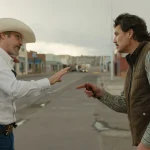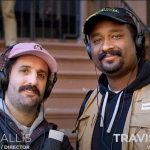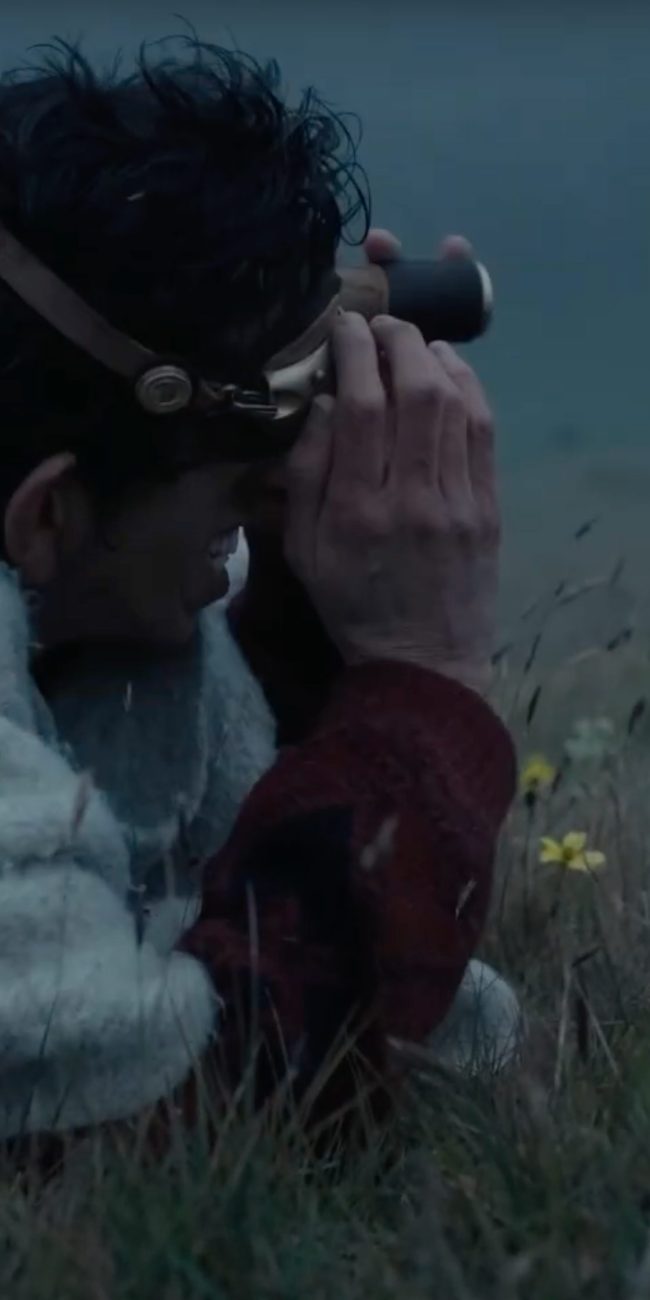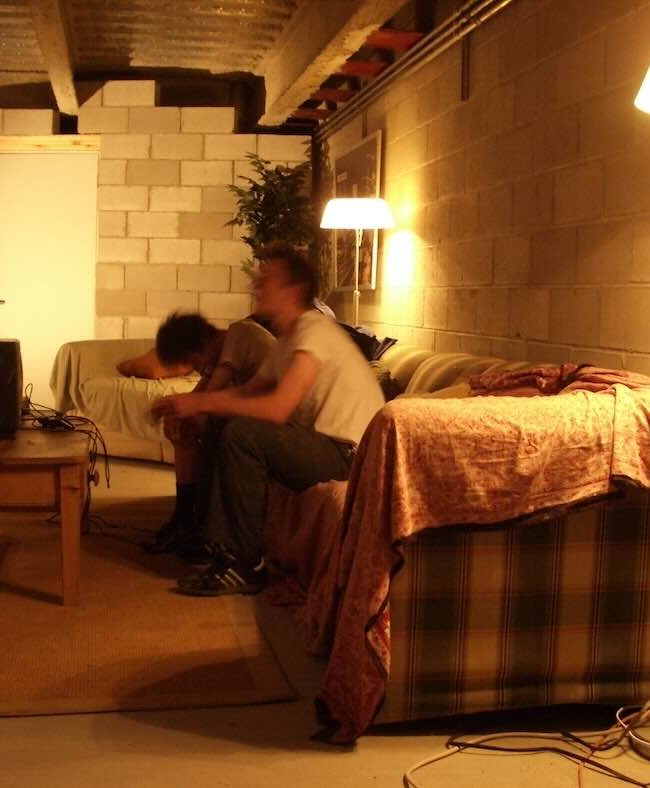A Conversation with Lagueria Davis (BLACK BARBIE: A DOCUMENTARY)
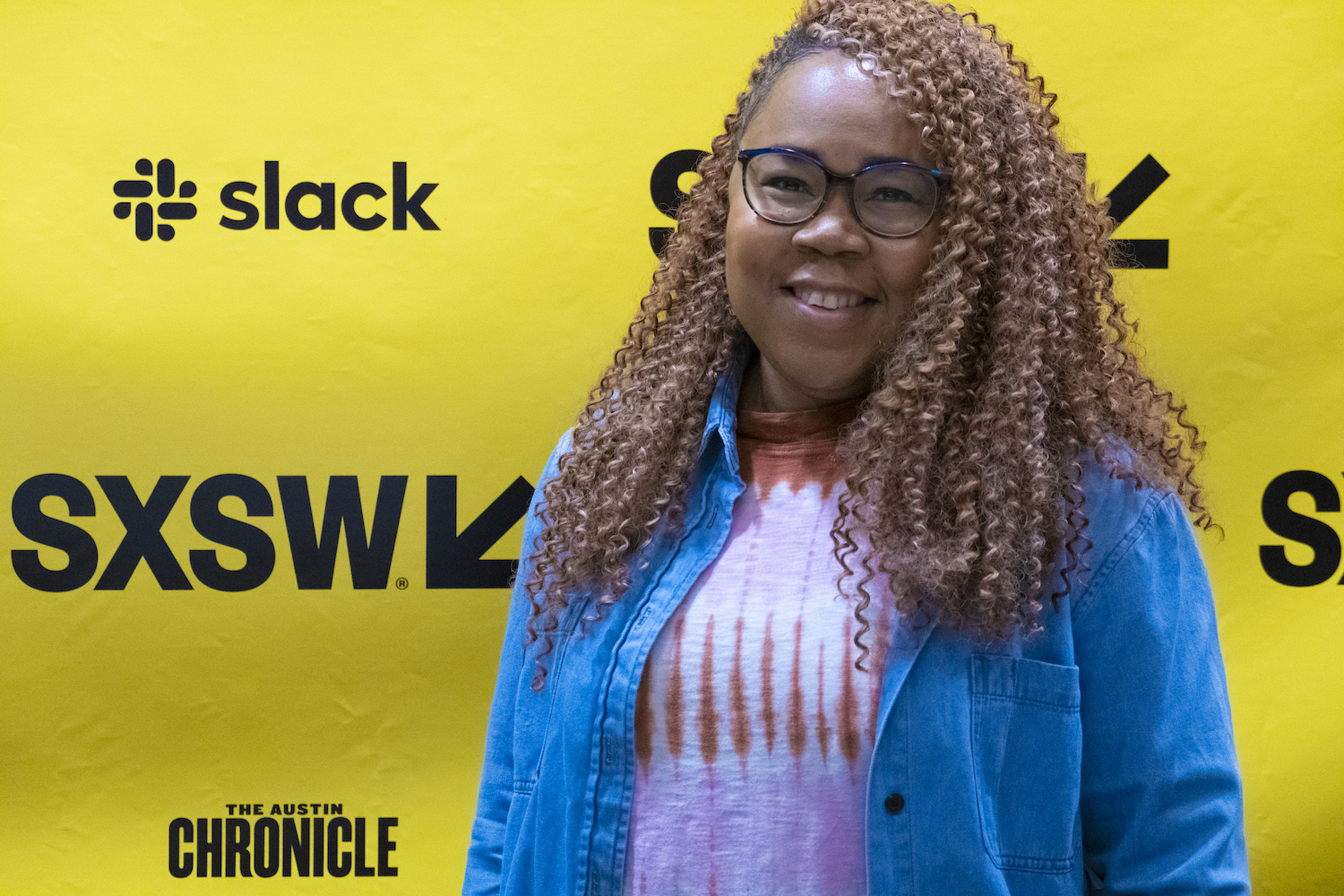
Director Lagueria Davis premiered her debut feature-documentary Black Barbie: A Documentary, at SXSW 2023 (where I reviewed it). It follows the history of the first Black Barbie doll, starting with the hiring by Mattel of her own aunt, Beulah Mae Mitchell, in 1955. She would prove instrumental in convincing Mattel president Ruth Handler to consider diversifying the lineup. Davis goes beyond mere chronology, however, examining the vital role that popular culture plays in affecting the self-image of people not equally represented. I spoke with Davis at the festival, and here is a transcription of that conversation, edited for length and clarity.
Hammer to Nail: From start to finish, how long was the process of making this film?
Lagueria Davis: 12 years.
HtN: Wow.
LD: Yes.
HtN: Well, you do say in the film that you came to LA in 2011. Do you therefore mark that as the start of the idea?
LD: Yeah.
HtN: And what were you doing between 2011 and 2023, other than doing this film? Were you making other films? Were you…?
LD: So, I really wanted this film to not be guerilla. Up until this project, I would wear flip-flops. We didn’t have shoestring budgets, but flip-flop budgets, and I really felt like this topic needed more backing behind it, if I wanted to do what I wanted to do, with miniature sets, the graphics, all of that. My day job was line producing, so I know budgets, and I knew that it was going to take some funding. I knew I could make it work, based off of my day job. So I was working, I was writing Black Barbie: A Documentary. It was my first documentary, and so yes, working, writing, applying for grants, fine-tuning my materials, trying to get it down on paper the best I could, so that people could understand it, and maybe give me some money to make it.
HtN: I think, obviously, there are many different kinds of documentaries. Yours definitely feels slick and very well-designed. Based on what you said, I’m assuming you dressed the sets of most of those interviews, yourself?
LD: I did.
HtN: So you created these wonderful, amazing interview spaces with balloons and balls on the ground to reflect the Barbie universe? Is that the effect you were going for?
LD: Right, and so for that set, I had a production designer that I’ve worked with before to do something where I was like, “Okay, this is what I’m thinking of: Barbie World. These are Barbie fanatics, these are this, and so go,” and then he came back with some sketches and I was like, “Okay, yes, let’s do that.” And then so for Stacey McBride-Irby’s set, and I don’t know if you remember Hayley Marie Norman’s set, I had another production designer come in, and this was me, again, just saying, “I want this,” and on the day of, she was on hand to help with that.
HtN: Who were your production designers?
LD: For the Hayley Marie Norman and Stacey sets, that was Leone Reeves, and then for the pink balloons and stuff, that was Juan Manuel Ramel.
HtN: Well, they’re all pretty amazing, and it really does suit the topic, so very excellent job on that.
LD: Thank you!
HtN: So you’ve been working on this, to varying degrees, since 2011. How did you go about finding that amazing cast of onscreen experts and other interview subjects? What was that process like?

Our Christopher Llewellyn Reed and filmmaker Lagueria Davis
LD: The process was interesting, because it’s research; it’s identifying these people in the space who know dolls. So I believe I started in that direction, where I was like, “Okay, older women, my aunt’s age, of a certain age, collect Black dolls. Who else could we get who collects Black dolls? Who else could we get who can talk about Black dolls?” So that kind of was where the jumping-off point was. And then that opens a world to designers who make dolls, and so it’s kind of like a rolling effect, like a snowball. So we’re going to talk to designers, and we’re going to talk to the people now who like to play with what the doll designers designed, and engage with them, and get how they’re affected by that, and, of course, we didn’t get to sit down with everyone that I wanted to sit down with. Oh, so close, though.
HtN: But your film does have a great breadth of people on the screen, so it doesn’t feel like there are people you missed, and I’m assuming that Aunt Beulah, obviously, was your way into Mattel and those designers, and so that’s great that you had her as a resource. In addition to your wonderful graphics, including the timeline of the history, your film has a really delightfully, for lack of a better word, I’ll say jaunty, playful tone to it throughout. Was that always your intention, or did you arrive at that later?
LD: Well, it was an evolution. I started off in that place, but then the journey itself made me get a little serious about it in a way that I hadn’t expected. Like I said, I had never made a documentary before, and they were like, “Oh, you’re a journalist?” And I’m like, “No, I’m not a journalist; I’m a filmmaker,” and so by 2019, grant writing had become a thing that I had gotten better at, and so I landed some residencies, and fellowships, and a lot of those, a lot more than I had expected to land, actually, and it was through workshopping the project that I was able to find that voice again. So then I was just at a place, one iteration was just like, “Let me hit them over the head,” and that also wasn’t the film I wanted to make, but then, thankfully, in 2019, I was in a space where I was able to talk about the film with people who looked like me, and like-minded people, and they brought that sense of joy and jauntiness back, and kind of breathed life back into it.
HtN: Your three-chapter setup makes sense in the film, but you didn’t have to come up with a three-chapter setup. When did you decide that would work best?
LD: So, I’m a writer/director from the scripted-narrative world, where there’s a three-act structure. So I came to that pretty early on: a prologue, three acts, epilogue, take us out. And then, also, it just made sense, because I just broke it down to kind of past, present, future, and just being like, “We’re going somewhere. This is where we’re starting.” I didn’t know the end, but we got there.
HtN: You chose to include yourself in the journey of the documentary. It’s funny, I’ve seen a number of documentaries recently where filmmakers do that. That’s great. That’s a totally valid choice, and it works here, but was that an evolution, as well? Did you always plan to be part of it?
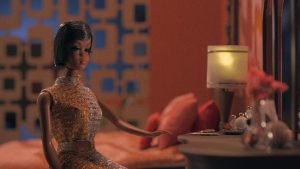
A still from BLACK BARBIE: A DOCUMENTARY
LD: No. I’m definitely a behind-the-camera person, and so I did not want to be a part of the film, but along the way, people kept saying, “It’s your aunt. It’s a personal story. You should be in the film,” and I was like, “I don’t want to be in the film,” and so they were like, “Well, if you don’t want to be in the film, you should find a creative way in which to put yourself in the film,” and I’m like, “Okay, well, I’ll do that,” and so, thankfully, again, to 2019, in workshopping, I was able to do a lot of work in taking it even deeper, and I just discovered how personal it was to me in those sessions. I took a step back, and I was like, “You’re really invested in this, emotionally. This is really something that is resonating with you on a deeper level that you haven’t really recognized yet, and you need to look this in the face, recognize it, and own it,” and so through that, people are like, “You are a part of the film. Find a way in,” until I found a way in that works for me, too.
HtN: Well, I also like it because you state so clearly how much you are not a doll person, and then by the end of the film, you may be able to see the appeal. Where do you stand now?
LD: (laughs) Yeah, I love Black Barbie. Yesterday, walking around with her in her little box, I was like, “This is my homegirl.”
HtN: Which version were you walking around with?
LD: The original. Yeah, 1981. I was just like, “Where’s Black Barbie? We got to get Black Barbie in the shot.” She was there, and I was putting the case together, and getting her ready, I was just like, “Yo, all right.” So I do have an affinity, and appreciation, and admiration for Black Barbie, for sure. As far as other dolls, which I do have in my possession now because of the film, I can see the appeal. So I’m a fan. I think I’ll be my aunt’s age with a little collection, talking to my grandkids and stuff about, “Yeah, so this one time, I made a documentary, and these are where all those dolls came from.” (laughs)
HtN: I find it so interesting in the film how Mattel—granted, in a somewhat paternalistic way—which approached the development of the original Black Barbie by hiring Black designers, now has a white designer on the line. You weren’t able to talk to them, but I’m just curious if you have any thoughts on why they made that shift? Just new leadership and a lack of concern about representation? It’s strange for the company to have made that shift.
LD: I think it just comes back down to what we cover in the film, where Mason Williams says it’s not as diverse as when Kitty Black Perkins was there, and also, I don’t know … this story is important to me; I don’t know how important it is to the company, itself. For me, it stood out, because it really was a through line of representation working in a way that we say representation matters, but I feel like that doesn’t mean anything these days. What does that mean?
And I think in the film, it just shows, “Okay, you have my aunt laying the groundwork that allows for Kitty to come in, in a leadership position, where she’s able to hire two Black designers, and then mentor these Black designers, and also create this Black Barbie, the first Black Barbie here. How did Stacey even know or think to become a designer? Because she saw Kitty in the LA Times. For me, these dots were connecting. When I was hearing the story, I was like, “Yo, this is representation. This is exactly how it works.” You can’t see it if you can’t be it, and Stacey saw it and was like, “Okay, a Black woman’s a designer. I’m going to chase that,” and she gets hired by the woman that inspired her to do it. For me, I’m excited.
HtN: Yeah.
LD: Hearing this, I’m just like, “Yo, this is what we need,” and guess what? Now, there’s more than one Black woman in this space, more than one Black woman. Kitty also had hired a Black male designer, and so for me, it’s just a really clear story of that, and, as we say in our documentary, it’s the legacy story, and so that’s important to me, and I don’t know if it’s important, that story, that element, to the company. And so if it’s not important, of course, that’s where it’s going to end up.
HtN: Right. Well, hopefully, after seeing your documentary, the story will be important to everyone, as it should be. Thank you, Lagueria, for talking to me.
LD: Thank you!
HtN: It’s been a pleasure, and good luck with the film.
– Christopher Llewellyn Reed (@ChrisReedFilm)
2023 SXSW Film Festival; Lagueria Davis; Black Barbie: A Documentary movie review

